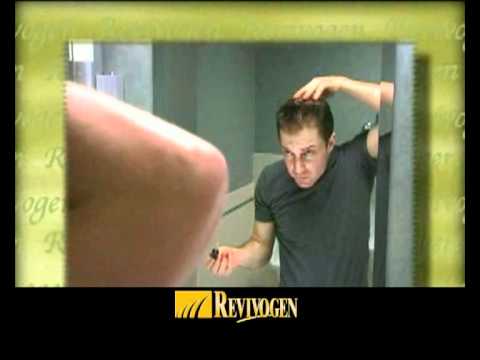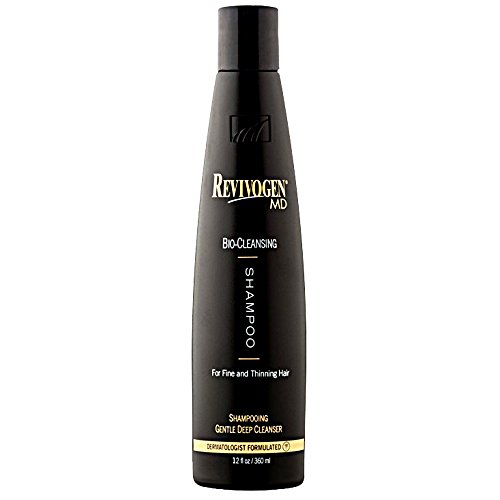How to Tell If Your Hair is Thinning
I often have readers with TE (telogen effluvium), CTE (chronic telogen effluvium), and AGA (androgenic alopecia or genetic thinning) who write in and ask me how to tell if this shedding or hair loss is thinning their hair (or if it is growing in thinner.) After all, often quick, healthy regrowth ensures that you retain a nice, thick head of hair, despite the loss. So, in the following article, I’ll tell you three ways to help you determine if your hair is really thinning or if it is growing back in correctly, with no real net loss.
The Ponytail Method: One quick and easy way to determine how much thinning has taken place is take inventory of your ponytail. Many women know how many times they have to turn the ponytail holder or band to secure it. If you’re having to turn it one or more times, then obviously, there is less mass there. Now, some readers will write and say, “well, isn’t the regrowth too short to get in the ponytail?” Yes, it is, but often the healthy regrowth will cause bulk that will allow a similar sized tail. I can tell you that in the worst times of my shedding, my ponytail went from the size of a quarter, to the size of a nickel, to the size of a dime, but I was regrowing hair all the time. Unfortunately, there was not enough regrowth and what was there came in thin and fine.
The Hair Pull Test: A dermatologist will often do this test in their office, but you can do it at home. Do not wash your hair for a day before this. Take a small amount of hair in between your fingers and count how many hairs are there. Write the number down and then gently pull. Then, determine the percentage of hairs that came out. A healthy head of hair will only have 10% of loss of the hair pulled out. Anything over 25% is a cause for concern. This means that you are shedding enough to cause over all thinning and a loss of volume. You’ll need to be aggressive with your regrowth regimen if this is your result.
The Hair Density / Quality Comparison: One way to see how well your regrowth is coming in is to identify a long, course, thick healthy hair. Tweeze it out and set it aside. Then, find a few regrowth hairs that are at least 2 1/2 to 4 inches in length, pluck these two hairs and then compare them to the thick healthy hair. Are they as thick and dense? They should be somewhat comparable. (Hair can become thicker as it gets longer, so a slight variation can be normal.) The pulled / tweezed hairs should have a darker sheath or bulb that is rounded and large. This shows that they are being properly nourished within your scalp.
If the regrowth hairs are thin, sickly, flyaway or lighter in color, then you may want to suspect that something (DHT, inflammation, bacteria or yeast) is compromising and miniaturizing your regrowth.) It is extremely hard, if not impossible, to get your volume back unless your regrowth is of a good quality.
How to Tell If Your Hair is Thinning by Ava Alderman




